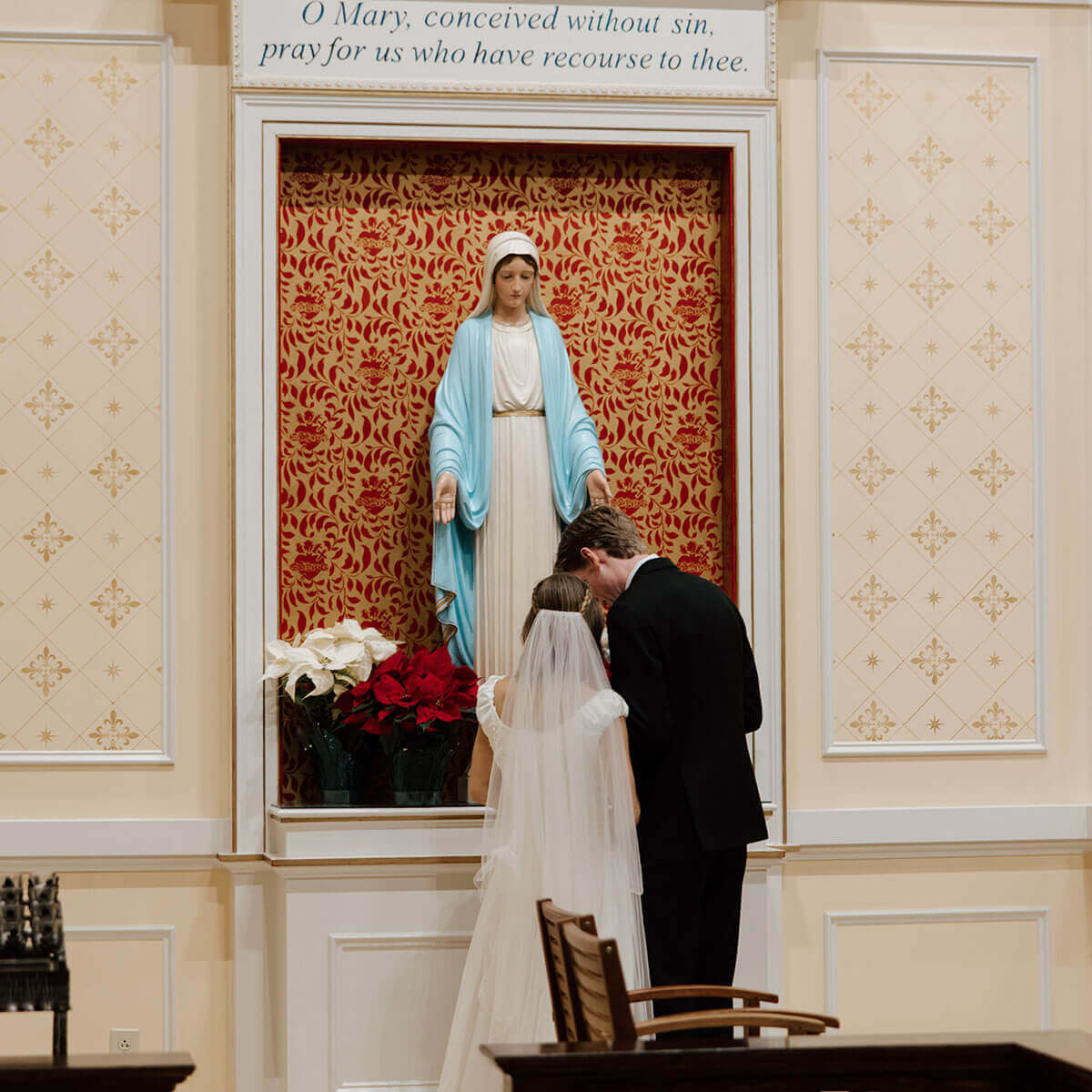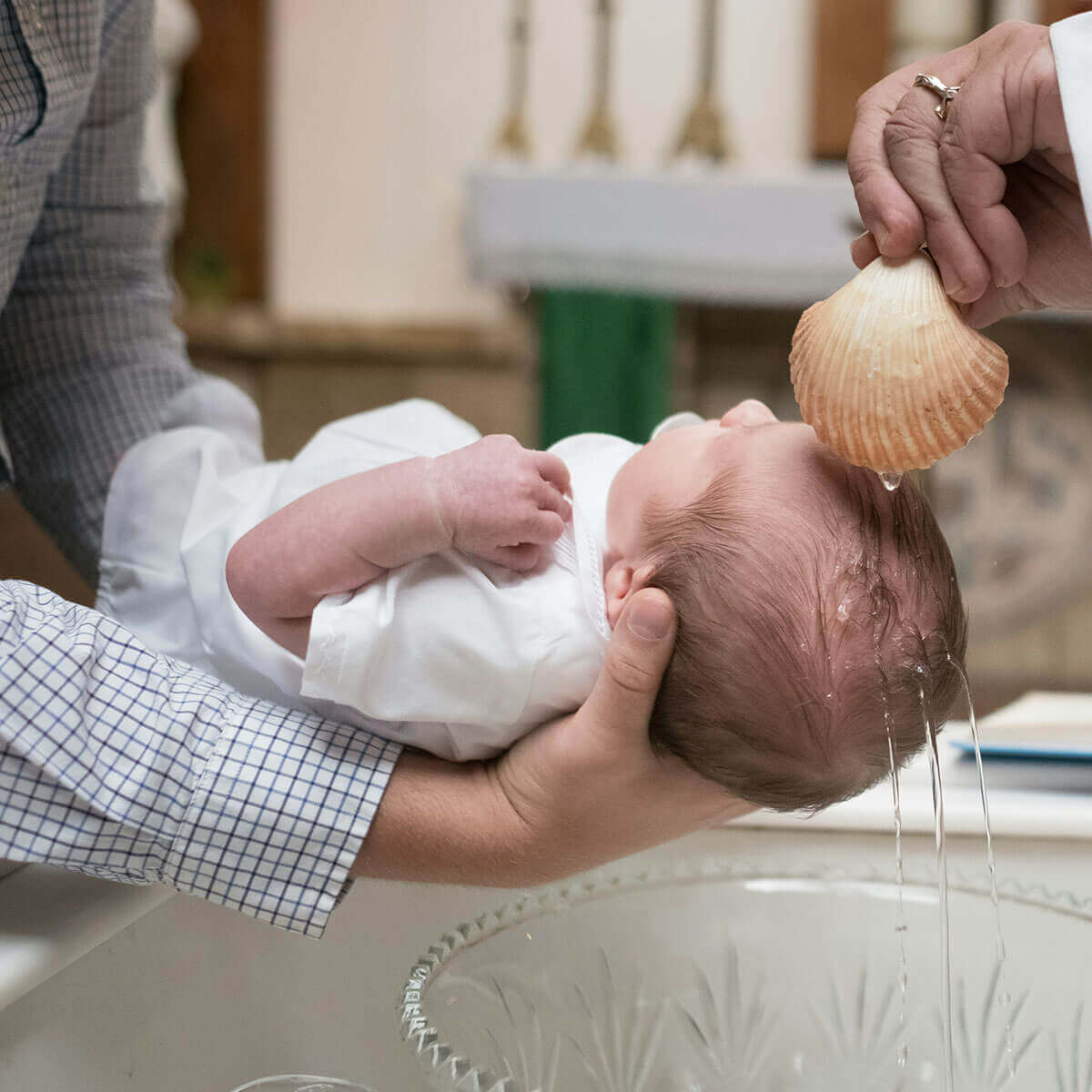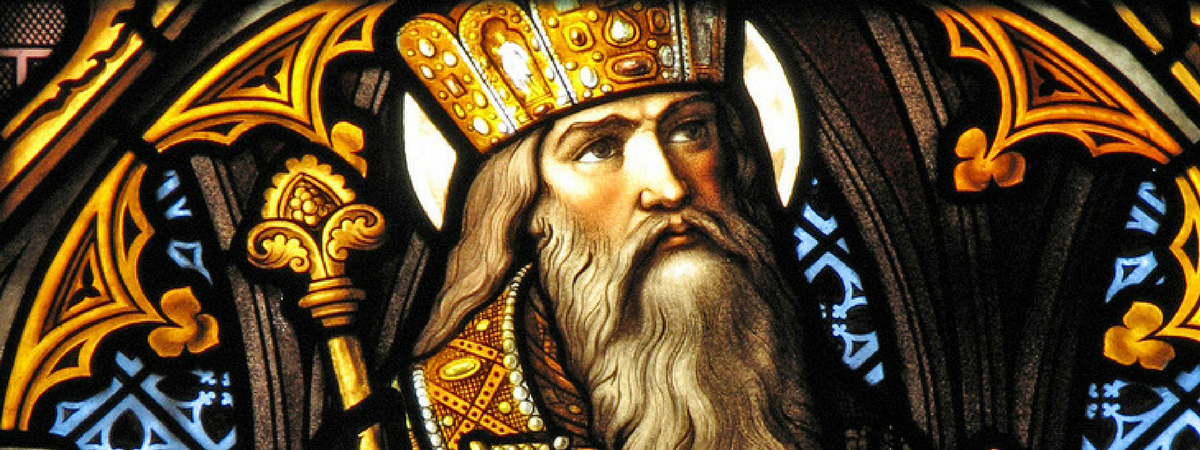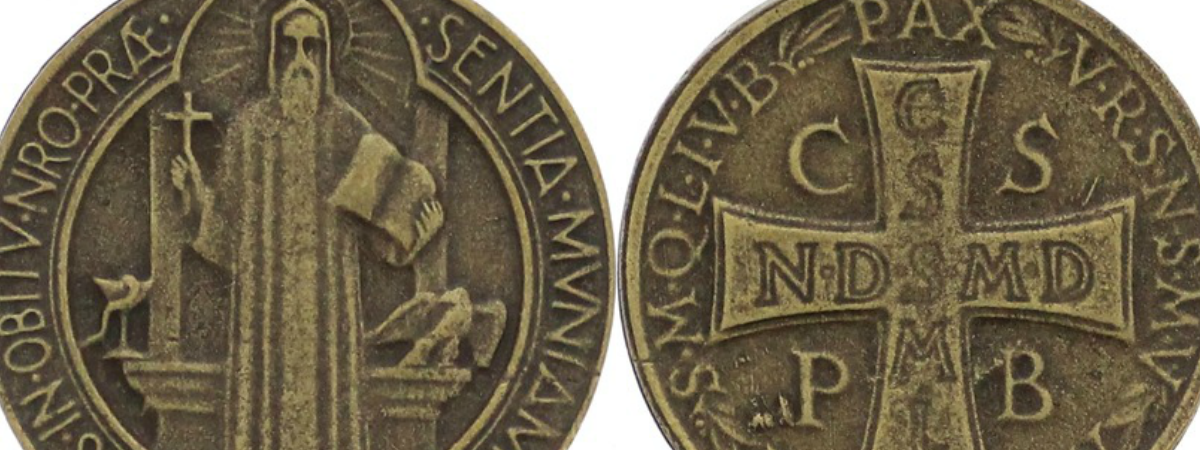A noble warrior-king of the Middle Age who did battle with barbarian hordes, wielded the spiritual power of a sword-relic, fought alongside saints and angels, strengthened his army with miraculous bread, rescued a failing civilization, united a kingdom under his just rule, and was crowned by the Pope himself—the story of the German King St. Henry II and his virtuous queen, St. Cunegunde, is a real-life epic drama that reads like something that could have inspired Tolkien for his Lord of the Rings trilogy.
See also Is This the Inspiration for J.R.R. Tolkien’s Doors of Durin in The Lord of the Rings?

St. Henry II was the son of the Duke of Bavaria with his wife, the Princess of Burgundy. He was marked for the priesthood until the death of his cousin handed him the German throne, and later, the Holy Roman Empire. He ruled with justice for the greater glory of God, defending his kingdom against its enemies and strengthening the influence of the Catholic Church.
He was known for his virtue and great faith; upon entering any town, he would first pray in a church dedicated to the Blessed Virgin Mary. He also invoked the saints to help him in battle against pagan armies. After sustaining a serious injury, he was miraculously healed through the intercession of St. Benedict at his famous Abbey of Monte Cassino.
St. Henry II did much good for his subjects and for the Church, and was graced with many mystical experiences. He and his wife, St. Cunegundes, observed perfect chastity during their marriage and therefore remained childless.
Henry eventually attempted to enter a Benedictine monastery and was permitted to make profession as an oblate—but he was not permitted to become a monk, as the Abbott decided that Henry would do greater good if he remained in the world as emperor.
His feast day is celebrated on July 13th.

Here are some of the romantic details of his life, from a biography on the saint written by Professor Plinio Correa de Oliveria:
St. Henry II (972-1024), Duke of Bavaria, became Emperor of the Holy Roman German Empire. He placed his army under the blessing of God and used to invoke the patron saints of his people, especially St. Adrian, a military martyr, whose sword was carefully conserved as a relic for a long time in Walbach.
With this protection he organized an army and defeated the barbarians from the East who were invading Western Europe. Before facing the pagan Slavs, who were much superior in strength, he called on his army to pray and receive Communion. When the troops entered combat, an unexpected panic took hold of the enemy soldiers, who broke ranks and fled en masse. An Angel and three martyrs led his troops, causing the enemy to take flight in despair. The Slavs submitted to his rule, and Bohemia, Moravia, and Poland were in turn annexed to the Holy Empire.
. . . .
Twice he defeated the Lombards, who resisted the consolidation of the Empire and threatened the Pontifical States. After his first victory in 1004, he was crowned King of Lombardy in Pavia with the famous Iron Crown of that Kingdom [embedded with one of the iron nails that crucified Jesus Christ]. The second time, he had to do more than pacify the Lombards, since grave problems were afflicting the Church. Henry drove out an antipope, and brought the legitimate Pope Benedict VIII back to Rome.
When he and Empress Cunigunde went to Rome to visit the Pope, they were crowned Emperor and Empress of the Romans. The Sovereign Pontiff gave St. Henry a golden orb, a symbol of the imperial dignity, inlaid with pearls and topped by a cross. St. Henry, dignified by the many honors, gave the orb to St. Odilon, Abbot of Cluny, who was present at the ceremony so that those symbols would be conserved at the Monastery of Cluny.
. . . .
After other military expeditions in Italy that resulted in the re-establishment of peace in the peninsula, he returned to Germany. On his way back, when he reached Luxembourg, he had a famous meeting with Robert, King of France, to resolve various political problems of Europe. The meeting was scheduled to take place on the banks of the Meuse River, which occasioned a problem of protocol. If one Sovereign crossed the river to enter the other’s domain, the former would be subject to the laws of the latter. To resolve the delicate situation, it was planned for the Sovereigns to meet in boats in the middle of the river – a neutral area. But St. Henry disregarded the protocol and crossed to the French side in consideration for the virtues of the French King.
. . . .
We are in the Middle Age, in the early 1000s. As you know, the Middle Age began with the fall of the Roman Empire in the West. It was invaded by incalculable hordes of barbarians. Those barbarians established themselves inside the imperial territory and ended by subjecting the Romans to their control. Gradually the Roman population also fell into barbarianism . . .
Read the full biography of St. Henry II, Emperor, by Prof. Plinio Correa de Oliveira.

And a fascinating account of how St. Henry II's future destiny was foretold to him a vision:
. . . One night he had an unusual vision. St. Wolfgang, who had been his beloved teacher when he was a boy, appeared to him. Wolfgang pointed to the words, "after six" written on the wall. What could that mean? Perhaps Henry was to die in six days?
With that thought, he prayed with great fervor for six days. At the end of the six days, however, he was in perfect health. Perhaps it meant six months? The duke devoted himself to doing good more than ever. At the end of six months, he was healthier than before. So he decided he had six years to get ready for death. But instead of dying after that time had passed, he was elected emperor of Germany. Then he understood what the vision had meant.
Henry worked hard to keep his people happy and at peace. To defend justice he had to fight many wars. He was honest in battle and insisted that his armies be honorable too. Henry married a very gentle and loving woman named Cunegundes (or Kunigunda) around 998. She, too, has been proclaimed a saint. Henry and Cunegundes went to Rome in 1014. They were crowned emperor and empress of the Holy Roman Empire. It was a great honor because Pope Benedict VIII himself crowned them . . . continue reading from this blog post.
The below excerpt, taken from a letter written by King Henry II, shows his noble and saintly soul:
"By the instructions of sacred eloquence [the Gospels] we are taught and advised to abandon temporal riches, to lay aside earthly goods, and to strive to reach the eternal and everlasting dwelling places in heaven. For present glory is fleeting and meaningless, while it is possessed, unless in it we can glimpse something of heaven’s eternity. Not turning a deaf ear to the Lord’s commandments and obediently following divine urgings, we desire to take the treasuries of divine generosity bestowed upon us by his bounty and store them in heaven, where thieves cannot dig them up or steal them and rust or moth may not destroy them."
St. Henry, Holy Roman Emperor, pray for us!

All rights reserved. © The Catholic Company























